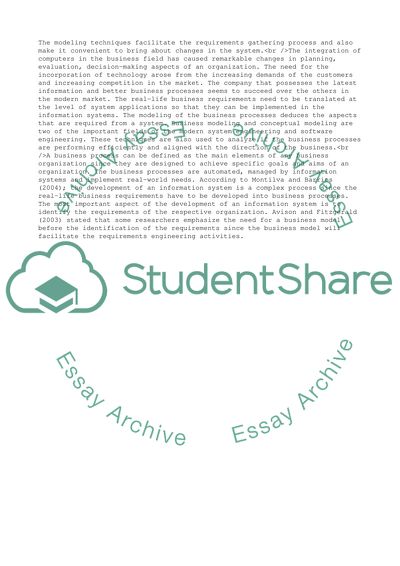Cite this document
(Business and Conceptual Modeling Report Example | Topics and Well Written Essays - 1500 words, n.d.)
Business and Conceptual Modeling Report Example | Topics and Well Written Essays - 1500 words. https://studentshare.org/business/1747074-a-comparative-analysis-in-business-process-modeling
Business and Conceptual Modeling Report Example | Topics and Well Written Essays - 1500 words. https://studentshare.org/business/1747074-a-comparative-analysis-in-business-process-modeling
(Business and Conceptual Modeling Report Example | Topics and Well Written Essays - 1500 Words)
Business and Conceptual Modeling Report Example | Topics and Well Written Essays - 1500 Words. https://studentshare.org/business/1747074-a-comparative-analysis-in-business-process-modeling.
Business and Conceptual Modeling Report Example | Topics and Well Written Essays - 1500 Words. https://studentshare.org/business/1747074-a-comparative-analysis-in-business-process-modeling.
“Business and Conceptual Modeling Report Example | Topics and Well Written Essays - 1500 Words”. https://studentshare.org/business/1747074-a-comparative-analysis-in-business-process-modeling.


